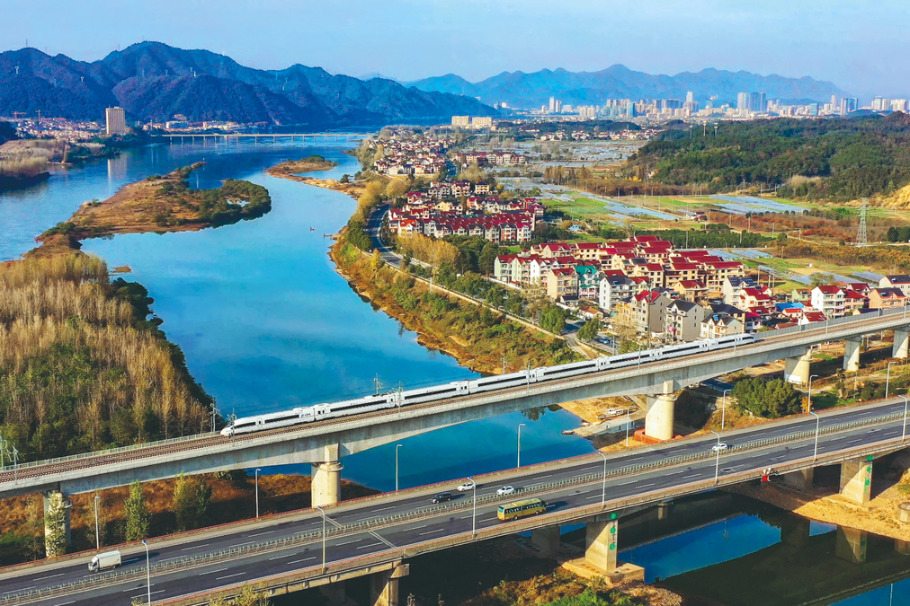Cause of midflight pressure loss probed
By LUO WANGSHU | China Daily | Updated: 2018-07-13 07:52
An investigation has been launched after an Air China flight on Tuesday suddenly lost altitude between Hong Kong and Dalian, Liaoning province, causing oxygen masks to fall from their compartments before the aircraft climbed again to cruising altitude.
Flight CA106 eventually landed safely in Dalian, but investigators want to know what happened, the Northeast Regional Administration of Civil Aviation Administration of China said on Thursday.
There were 153 passengers and nine crew aboard the plane, which landed at Dalian Zhoushuizi International Airport at about 10:30 pm-about an hour late. No injuries were reported, and the aircraft continued to operate normally, the administration said in a statement released on Thursday.
Flight data and other evidence have been sealed, it said, and crew members have been interviewed.
The flight data recorder and cockpit voice recorder have been sent to the China Academy of Civil Aviation Science and Technology for analysis. Further investigation will be carried out based on its findings.
According to several flight tracking apps, the flight left Hong Kong at 7:11 pm, 80 minutes behind schedule. It climbed to 10,600 meters at 7:40 pm and suddenly dropped to about 3,000 meters at 8 pm. It gradually climbed again to about 8,000 meters.
An unverified report suggesting the incident was the result of pilot error went viral online on Wednesday. It said that crew members may have erred when trying to turn on an internal air circulation system in the cockpit so they could smoke, and that the loss of air pressure in the cabin followed, triggering the oxygen masks. Crew members then had difficulty restoring air pressure and made a "mayday" distress call to air traffic controllers, the unverified account said.
Air China released a statement on Wednesday saying that the crew is under investigation. If the investigation finds that the crew broke company rules, it said, the airline will take punitive action, as it has zero tolerance for such behavior.
Aviation regulations in effect since 1997 prohibit smoking in the passenger cabin and restrooms during a flight-which includes operations on the ground, such as taxiing.
























